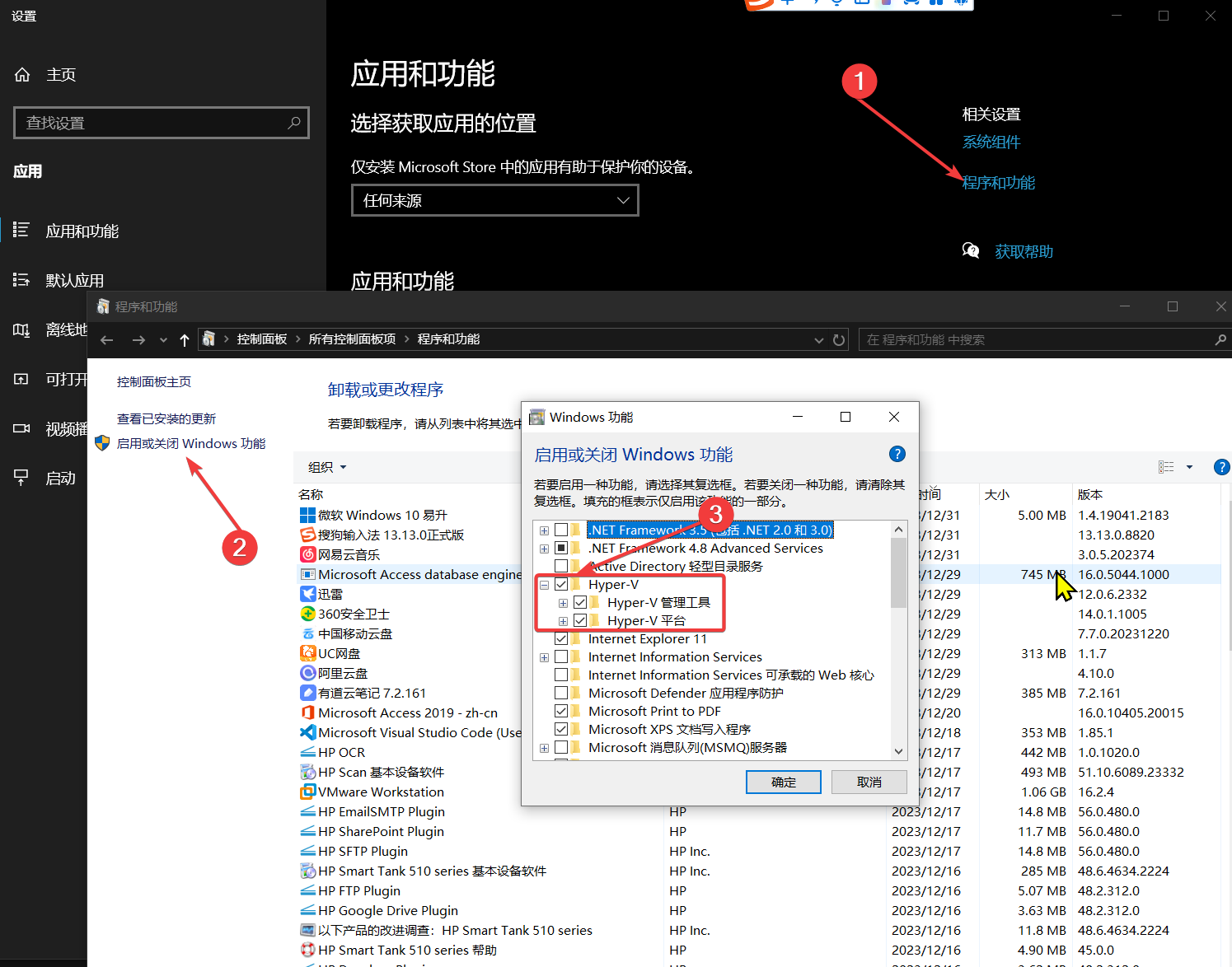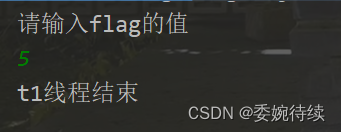yolov8导航
如果大家想要了解关于yolov8的其他任务和相关内容可以点击这个链接,我这边整理了许多其他任务的说明博文,后续也会持续更新,包括yolov8模型优化、sam等等的相关内容。
YOLOv8(附带各种任务详细说明链接)
源码下载地址:
XML&JSON 目标检测、实例分割标签转换给yolo用脚本
引言
在计算机视觉领域,目标检测是一个重要而复杂的任务。随着深度学习技术的发展,各种高效的算法和模型如YOLOv8不断涌现。然而,在使用这些先进模型之前,必须确保我们的数据集是正确格式化的。今天,我将分享一段Python代码,它能够将XML和JSON格式的标注文件转换为适合YOLOv8模型训练的格式。
数据集转换的重要性
在目标检测任务中,我们通常有两种常见的标注格式:XML和JSON。而YOLOv8需要的是一种特定格式的文本文件,其中包含了目标的类别和位置信息。因此,将现有的标注文件转换为YOLO格式是实施有效训练的第一步。
源码
这段代码大体包含两个功能,可以转换xml、json格式的目标检测以及实例分割任务的标签,填写的时候需要根据要求填写标签所在的路径:
import json
import pandas as pd
import xml.etree.ElementTree as ET
import os, cv2
import numpy as np
import globclasses = []def convert(size, box):dw = 1. / (size[0])dh = 1. / (size[1])x = (box[0] + box[1]) / 2.0 - 1y = (box[2] + box[3]) / 2.0 - 1w = box[1] - box[0]h = box[3] - box[2]x = x * dww = w * dwy = y * dhh = h * dhreturn (x, y, w, h)def convert_annotation(xmlpath, xmlname):with open(xmlpath, "r", encoding='utf-8') as in_file:txtname = xmlname[:-4] + '.txt'txtfile = os.path.join(txtpath, txtname)tree = ET.parse(in_file)root = tree.getroot()filename = root.find('filename')img = cv2.imdecode(np.fromfile('{}/{}.{}'.format(imgpath, xmlname[:-4], postfix), np.uint8), cv2.IMREAD_COLOR)h, w = img.shape[:2]res = []for obj in root.iter('object'):cls = obj.find('name').textif cls not in classes:classes.append(cls)cls_id = classes.index(cls)xmlbox = obj.find('bndbox')b = (float(xmlbox.find('xmin').text), float(xmlbox.find('xmax').text), float(xmlbox.find('ymin').text),float(xmlbox.find('ymax').text))bb = convert((w, h), b)res.append(str(cls_id) + " " + " ".join([str(a) for a in bb]))if len(res) != 0:with open(txtfile, 'w+') as f:f.write('\n'.join(res))def query_json_to_txt(dir_json, dir_txt):classes2id = {}num = 0jsons = os.listdir(dir_json)for i in jsons:json_path = os.path.join(dir_json, i)with open(json_path, 'r', encoding="utf-8") as f:json_data = json.load(f)# print(json_data['shapes'])for j in json_data['shapes']:if j['label'] not in classes2id:classes2id[j['label']] = numnum += 1def json2txt(path_json, path_txt): # 可修改生成格式with open(path_json, 'r', encoding='utf-8') as path_json:jsonx = json.load(path_json)with open(path_txt, 'w+') as ftxt:shapes = jsonx['shapes']# 获取图片长和宽width = jsonx['imageWidth']height = jsonx['imageHeight']# print(shapes)cat = shapes[0]['label']cat = classes2id[cat]for shape in shapes:# 获取矩形框两个角点坐标x1 = shape['points'][0][0]y1 = shape['points'][0][1]x2 = shape['points'][1][0]y2 = shape['points'][1][1]dw = 1. / widthdh = 1. / heightx = dw * (x1 + x2) / 2y = dh * (y1 + y2) / 2w = dw * abs(x2 - x1)h = dh * abs(y2 - y1)yolo = f"{cat} {x} {y} {w} {h} \n"ftxt.writelines(yolo)list_json = os.listdir(dir_json)for cnt, json_name in enumerate(list_json):if os.path.splitext(json_name)[-1] == ".json":path_json = dir_json + json_namepath_txt = dir_txt + json_name.replace('.json', '.txt')json2txt(path_json, path_txt)pd.DataFrame([{"原始类别": k, "编码": v} for k,v in classes2id.items()]).to_excel("label_codes.xlsx", index=None)###################### 实例分割处理 #######################################
def parse_json_for_instance_segmentation(json_path, label_dict={}):# 打开并读取JSON文件with open(json_path, 'r', encoding='utf-8') as file:json_info = json.load(file)annotations = [] # 初始化一个用于存储注释的列表# 遍历JSON文件中的每个形状(shape)for shape in json_info["shapes"]:label = shape["label"] # 获取实例分割类别的标签# 如果标签在标签字典中 则直接编码if label in label_dict:label_dict[label] = label_dict[label] # 为该标签分配一个编码# 如果不在标签中else:next_label_code = max(label_dict.values(), default=-1) + 1label_dict[label] = next_label_codecat = label_dict[label] # 获取该标签对应的编码points = shape["points"] # 获取形状的点# 将点转换为字符串格式,并按照图像的宽度和高度进行归一化points_str = ' '.join([f"{round(point[0]/json_info['imageWidth'], 6)} {round(point[1]/json_info['imageHeight'], 6)}" for point in points])annotation_str = f"{cat} {points_str}\n" # 将编码和点字符串合并为一行注释annotations.append(annotation_str) # 将该注释添加到列表中return annotations, label_dict # 返回注释列表和更新后的标签字典def process_directory_for_instance_segmentation(json_dir, txt_save_dir, label_dict=None):if not os.path.exists(txt_save_dir):os.makedirs(txt_save_dir)# 如果没有提供初始的label_dict,则从空字典开始final_label_dict = label_dict.copy() if label_dict is not None else {}json_files = [f for f in os.listdir(json_dir) if f.endswith(".json")]for json_file in json_files:json_path = os.path.join(json_dir, json_file)txt_path = os.path.join(txt_save_dir, json_file.replace(".json", ".txt"))# 每次解析时传递当前的final_label_dictannotations, updated_label_dict = parse_json_for_instance_segmentation(json_path, final_label_dict)# 更新final_label_dict,确保包括所有新标签及其编码final_label_dict.update(updated_label_dict)# 检查annotations是否为空,如果为空则跳过写入操作if annotations:with open(txt_path, "w") as file:file.writelines(annotations)# 保存最终的标签字典pd.DataFrame(list(final_label_dict.items()), columns=['原始Label', '编码后Label']).to_excel('label_codes.xlsx', index=False)return final_label_dict# 传入参数为 实例分割 和 目标检测
query_type = "目标检测"
# 传入原始标签数据,比如xml、json格式文件所在的目录下
label_directory = './query_data/xy/Annotations/'
# 填写想转换的txt输出到哪里
output_directory = './query_data/xy/txt/'anno_files = glob.glob(label_directory + "*")
file_type = anno_files[0].split(".")[-1]label_dict = {# 如果想预设标签就在这里填入对应的键值对
}if query_type == "实例分割":process_directory_for_instance_segmentation(label_directory, output_directory, label_dict)elif query_type == "目标检测":if file_type == "json":query_json_to_txt(label_directory, output_directory)## 处理xml格式文件elif file_type == "xml" or file_type == "XML":postfix = 'jpg'imgpath = 'query_data/xy/images'xmlpath = 'query_data/xy/Annotations'txtpath = 'query_data/xy/txt'if not os.path.exists(txtpath):os.makedirs(txtpath, exist_ok=True)file_list = glob.glob(xmlpath + "/*")error_file_list = []for i in range(0, len(file_list)):try:path = file_list[i]if ('.xml' in path) or ('.XML' in path):convert_annotation(path, path.split("\\")[-1])print(f'file {list[i]} convert success.')else:print(f'file {list[i]} is not xml format.')except Exception as e:print(f'file {list[i]} convert error.')print(f'error message:\n{e}')error_file_list.append(list[i])print(f'this file convert failure\n{error_file_list}')print(f'Dataset Classes:{classes}')
脚本功能解析
处理XML文件
XML格式广泛用于多种图像标注工具中。我们的脚本首先解析XML文件,提取出其中的目标类别和边界框信息。然后,这些信息被转换为YOLO格式,并保存在相应的.txt文件中。
处理JSON文件
JSON格式也是一种常见的标注格式,尤其在实例分割任务中。脚本中包含的函数query_json_to_txt能够处理这些JSON文件,将它们转换为YOLO格式,并生成一个包含类别名称和编号的映射表。
实例分割数据处理
对于实例分割任务,我们的脚本还提供了解析JSON文件的功能,提取出多边形的坐标信息,并转换为YOLO格式。
使用指南
要使用此脚本,您只需按照如下步骤操作:
- 确定您的数据集类型(目标检测或实例分割)。
- 准备您的XML或JSON标注文件。
- 运行脚本进行转换。
- 使用生成的文本文件训练您的YOLOv8模型。
结语
数据预处理是机器学习项目中至关重要的一步。通过本文介绍的脚本,您可以轻松地将XML和JSON格式的标注文件转换为适合YOLOv8模型的格式。这不仅节省了大量时间,也为实现高效的目标检测任务奠定了基础。如果有哪里写的不够清晰,小伙伴本可以给评论或者留言,我这边会尽快的优化博文内容,另外如有需要,我这边可支持技术答疑与支持。



